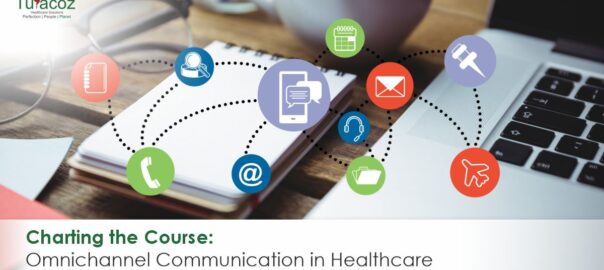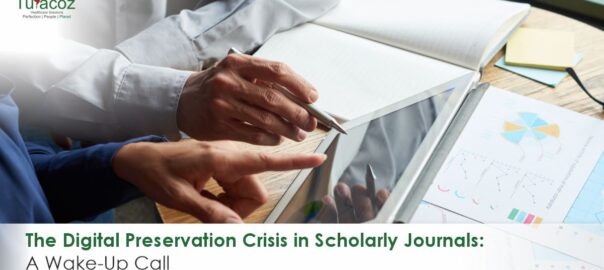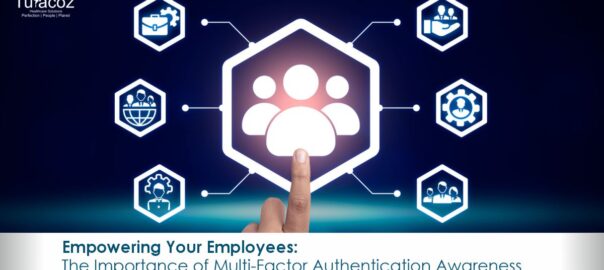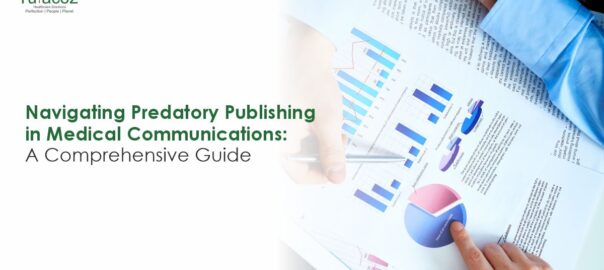The landscape of information sharing has seen a remarkable evolution. The shift towards omnichannel communication is a game-changer, promising to enhance patient care, streamline processes, and improve outcomes. This communication strategy, combined with the expertise of medical writers, is reshaping the future of healthcare. Through the lens of medical communication agencies and the broader scope of medical writing, this blog delves into how omnichannel communication is revolutionizing healthcare. It highlights the indispensable role of medical writers in this new era.
The Omnichannel Approach in Healthcare
The advent of omnichannel communication in healthcare marks a transformative shift towards a more integrated, patient-centered approach to health information and services. This strategy transcends traditional boundaries, weaving together digital and conventional communication channels into a cohesive, unified experience for patients. The essence of omnichannel communication lies in its ability to harness the power of technology to foster seamless interactions among healthcare providers, patients, and other key stakeholders. By leveraging a diverse mix of platforms — from social media and email to telehealth services and in-person consultations — this approach endeavors to meet patients in their preferred spaces, addressing their unique preferences and requirements.
Unifying Digital and Traditional Channels
At its core, the omnichannel approach recognizes the diverse preferences of patients in how they receive health information and interact with healthcare systems. Some patients may prefer the immediacy and convenience of digital platforms, such as mobile apps for scheduling appointments or accessing test results. Others might value the personal touch of direct mail or face-to-face consultations for discussing their health concerns. By integrating these varied channels, omnichannel communication ensures that no patient is left behind, catering to a broad spectrum of needs and preferences.
Leveraging Technology for Enhanced Interactions
Technology serves as the backbone of omnichannel communication, enabling the synchronization of information across different channels to deliver a consistent and personalized patient experience. Advanced data analytics and CRM (Customer Relationship Management) systems play a pivotal role in understanding patient behaviors and preferences, allowing healthcare providers to tailor their communication strategies effectively. This technology-driven approach ensures that whether a patient receives a reminder for a vaccination via SMS or browses health tips on a provider’s website, the information is consistent, accurate, and aligned with their health profile.
Click Here:- Importance of Effective Medical Writing in Healthcare Communication
Improving Accessibility and Convenience
The omnichannel approach significantly enhances the accessibility and convenience of healthcare services. Patients can easily access medical advice, schedule appointments, and receive treatment updates through their preferred channels, reducing barriers to care. For healthcare providers, this translates to an increased capacity to reach and engage patients, leading to better health outcomes and increased patient satisfaction. Telehealth services exemplify the omnichannel spirit by offering remote consultations and breaking down geographical and mobility barriers.
Meeting Patients Where They Are
One of the most compelling aspects of omnichannel communication is its patient-centric nature. By meeting patients where they are — not just geographically but also in terms of their comfort with technology and communication preferences — healthcare providers can build stronger relationships. This approach acknowledges the patient’s role in their health journey, empowering them with information and options to make informed decisions about their care.
Streamlining Healthcare Delivery
The implementation of omnichannel communication strategies in healthcare is not just transforming patient engagement but is also revolutionizing the delivery of healthcare services. By integrating multiple communication channels into a cohesive system, omnichannel communication fosters efficiency, reduces operational bottlenecks, and enhances the quality of care patients receive. This approach leverages technology to facilitate smoother interactions between patients and healthcare providers, streamlining processes that were once fragmented and time-consuming.
One of the crucial benefits of an omnichannel approach is the notable increase in operational efficiency within healthcare settings. Traditional communication methods often lead to delays and miscommunications, resulting in longer wait times for patients and a heavier administrative burden on healthcare providers. In contrast, omnichannel communication automates and synchronizes appointments, reminders, and follow-ups across various channels, significantly reducing wait times and improving the patient experience. This seamless coordination ensures that healthcare services are delivered promptly and efficiently, thereby enhancing patient satisfaction and trust in the healthcare system.
The data collected through omnichannel communication platforms offer valuable insights into patient preferences, behaviors, and health trends. Healthcare providers can analyze this data to tailor their services and communication strategies to meet the unique needs of their patients. Personalized reminders for medication adherence, customized health education content, and targeted follow-up communications are just a few examples of how data-driven insights can enhance patient care. By personalizing the healthcare experience, providers can increase engagement, encourage proactive health management, and ultimately achieve better health outcomes.
The Role of Medical Writers
In this omnichannel landscape, medical writers emerge as key players. Their expertise in creating clear, accurate, and engaging content is critical in conveying complex medical information across diverse channels. Medical writers ensure that the content is not only scientifically accurate but also tailored to the specific needs of the audience, whether it be patients, healthcare professionals, or the public. Medical writers must be adept at understanding the nuances of each channel and the expectations of different audiences. Their work is critical in ensuring that the flow of medical knowledge continues unabated, supporting informed decision-making and enhancing patient outcomes.
Collaborating with Medical Communication Agencies
Medical writers often collaborate with medical communication agencies to develop and execute omnichannel strategies. These agencies rely on medical writers to produce content that resonates with each segment of their audience, ensuring messages are consistent and impactful across all channels. From developing patient education materials to crafting scientific articles, medical writers are instrumental in bridging the gap between scientific innovations and clinical practice.
Mastering the Art of Medical Writing
The integration of omnichannel communication in healthcare, supported by the unparalleled expertise of medical writers, marks a significant advancement in the way health information is communicated and received. As we navigate through this transformation, the role of medical writers becomes ever more critical. Their ability to distill complex medical data into clear, accurate, and engaging content across various channels is indispensable in enhancing patient engagement, streamlining healthcare delivery, and improving overall health outcomes. In this era of information overload, the precision and clarity provided by skilled medical writers ensure that the essence of medical discoveries and knowledge is not lost in translation.
Recognizing the growing demand for skilled professionals in this field, Turacoz Healthcare Solutions is at the forefront of nurturing the next generation of medical writers. Through comprehensive training programs, we are committed to equipping aspiring medical writers with the knowledge, skills, and insights needed to excel in this dynamic landscape. Whether you’re looking to start a career in medical writing or aiming to refine your existing skills, Turacoz offers a pathway to mastering the art and science of medical communication.
For those interested in taking their first steps into the world of medical writing or enhancing their expertise to meet the challenges of omnichannel communication in healthcare, we invite you to explore the opportunities available through our training programs. Contact us at [email protected] to learn more about how you can join the ranks of medical writers who are making a significant impact in healthcare communication. Together, let’s shape a future where accurate, accessible, and actionable health information reaches every corner of the globe, empowering individuals and transforming healthcare outcomes.










